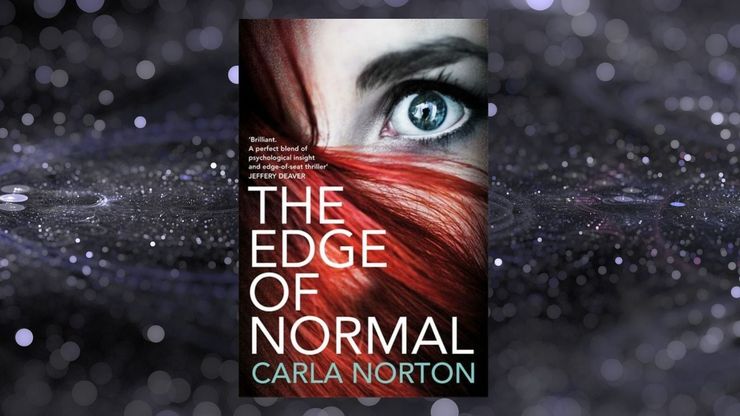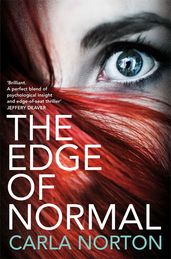Author Carla Norton answers your questions
Writer Carla Norton on her cinematic writing style, and the difference between writing true crime stories and fictional crime.

Writer Carla Norton on her cinematic writing style, and the difference between writing true crime stories and fictional crime.
Q: The Edge of Normal has a lot of action and seems very cinematic. Was that intentional?
A: I worked at that, so thank you for noticing. The danger in writing a psychological thriller is that the story can get bogged down by internal monologue, especially with a damaged character like Reeve. She's a little self-absorbed, but she's driven by inner demons and is not the type to sit around moping. So I'm glad the story seems cinematic, because I admire screenwriters, but I'd also have to credit the influence of other authors.
Q: Which writers have influenced you in writing this novel?
A: One is definitely Lee Child, because of the sheer momentum of his prose. Another would be Thomas Harris, for many reasons, but especially because Reeve shares a few genes with his heroine Clarice Starling. And of course Suzanne Collins, because few authors write so well in the present tense, and I loved The Hunger Games trilogy.
Q: What's the biggest difference between writing fiction and nonfiction?
A: Nonfiction can be a blunt and heavy tool, while fiction is a lighter, more whimsical instrument. In writing true crime, you're always conscious that you're dealing with the lives of real people who have suffered. Your job is to do justice to the story, and there's really no room for levity. Whereas, fiction is all hypothetical. It's a flight of fancy. It can make your heart race, but it generally has no lasting consequence. (Of course, Salman Rushdie would be quick to take exception here.)
I heard recently that people read nonfiction for information and read fiction for emotion. Maybe that's why dealing with villains in fiction is more satisfying. The bad guys suffer a type of justice beyond what can be decided in court.
Q: What's the hardest part of writing a thriller?
A: Gosh, it's all hard. Keeping the momentum of the story going, keeping the multiple points of view straight, giving the characters strong motivations. Foreshadowing, pacing, planting clues… It's a bit like juggling. And it's sometimes hard to figure out how much the reader needs to know at any given point. You don't want to beat them over the head. The goal is always to keep them turning pages.
Q: What's the best part of writing fiction?
A: It's very exciting when you think you've come up with something original, whether a plot twist or just a turn of phrase. And I absolutely love it when a chapter that has been troubling me suddenly becomes clear and starts to take off. Of course, finishing the novel and sending it off to your editor is the best part. It's like releasing a caged bird.
The Edge of Normal
by Carla Norton
Reeve LeClaire was abducted when she was twelve years old and held in captivity for four years. Now, in her twenties, she has a fragile stability. With the help of her psychiatrist, she has started to build a life of independence. But she will never shake off the terror and memory of the monster she believes is behind bars.
When Tilly Cavanaugh is rescued from a basement having suffered a similar experience, her parents call Reeve and ask her to help their daughter rediscover a 'normal' life. But when two more girls go missing, the police confirm that there is a serial abductor at large.
Reeve knows that she alone has the knowledge which will help to find the perpetrator - but can she overcome her demons to discover the truth?
